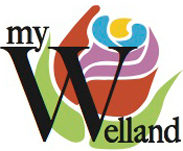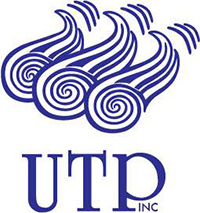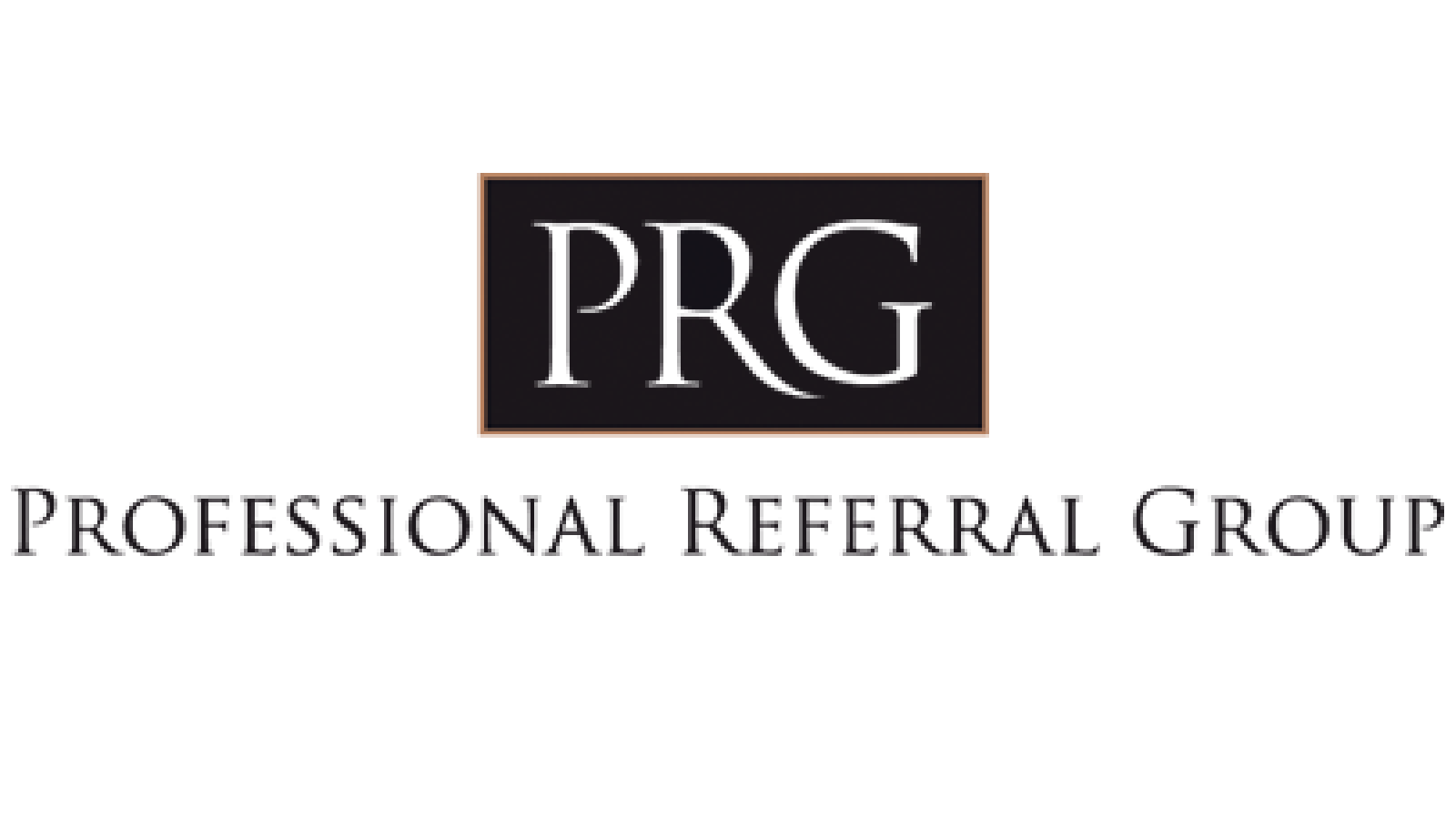Even before the coronavirus public health crisis, Niagara had been an attractive place to plant roots. Big-city dwellers may have also wanted an excuse to migrate to the southeastern region, but work and the amenities of major metropolitan cities prevented the move. With changing consumer trends and societal shifts unfolding today, many families now have their eyes set upon this municipality that blends suburban charm with city culture.
So, just how strong has the Niagara real estate market been in recent months? Several trends are emerging across the region, from declining inventories to ballooning demand. Niagara could be one of the hottest markets in Ontario real estate heading into 2021.
The Niagara Region Real Estate Trends You Need to See
According to the Niagara Association of Realtors’ (NAR) data, residential home sales activity surged at an annualized rate of 37.2 per cent in August, totalling 978 units. Prices also experienced double-digit gains in August, rising 15.3 per cent to $482,600 from the same time a year ago.
The other important development was the average days it took to sell a home – which was 35 days in August 2020, down from 43 days in August of 2019.
Terri McCallum, President of NAR, attributed the robust growth to steady inventory levels and multiple offers on listed properties.
Despite the steady increase in property values, Niagara remains one of Ontario’s most affordable markets, according to the 2020 RE/MAX Housing Affordability Report. For a long time, a large chunk of demand for Niagara real estate had been driven by retirees. However, with more professionals working from home, remote workers have been elevating demand and taking advantage before housing prices increase even further.
But how much more is the Niagara real estate market expected to grow? The RE/MAX Fall Market Outlook Report estimated that Niagara real estate could increase as much as six per cent in the remainder of 2020, which is roughly in line with broader Ontario real estate market performance in the final quarter of the year.
What Is Driving the Niagara Real Estate Market?
Niagara is another community benefiting from the growing trend of families leaving major urban centres and planting roots in small towns. Whether it is due to fears over hyper-dense cities or employers introducing work-from-home policies, people are choosing to live in areas other than Toronto and Hamilton. This allows them to save money on housing and enjoy more square footage for their dollars.
Like nearly every other market in Canada, Niagara is seeing a flood of homebuyers amid historically low interest rates. At the height of the coronavirus pandemic, the Bank of Canada (BoC) slashed interest rates to nearly zero per cent. Further, the Bank lowered the conventional five-year mortgage rate to below five per cent. Put simply, borrowing has never been cheaper, so homebuyers are taking advantage of this accommodative monetary policy and jumping into the market or upgrading their living space.
The lure of the Niagara region is undeniable; it is not hard to see why it remains a favourable destination for tourists and residents alike. Beyond hosting one of the seven natural wonders of the world, Niagara’s rich cultural community and natural sights offer enough to keep you busy year-round:
- The city boasts 101 wineries that churn out delicious Chardonnays, Gamays and Pinot Noirs.
- The region’s long summers and moderate winters are perfect for enjoying the 42 conservation areas, like Ball’s Falls.
- Farms and farmers’ markets offer up some of the best produce in the province.
- The many different festivals, including the Grape and Wine Festival, the Niagara Jazz Festival, and, of course, the Shaw Festival have historically been well-attended by tourists and local residents.
Is Niagara part of the near-term cash injection from impetuous borrowers who have decided to flee the Greater Toronto and Hamilton Area following the height of the pandemic? Or is the Niagara Region’s booming housing market part of a long-term trend? Indeed, Niagara’s trends are consistent with so many municipalities within the southeastern part of Ontario, many of which are projected to keep expanding for many years to come. Based upon its strong appeal and sound market fundamentals, the Niagara real estate market has more room for growth as we edge towards 2021.
 Back to myNiagaraOnline
Back to myNiagaraOnline





















